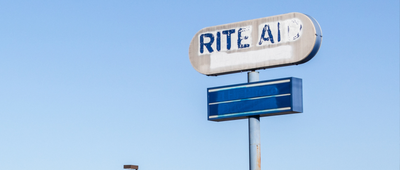Blood Money
Living in a country where blood is one of the most valuable exports might seem like something out of a dystopian novel. But it's not fiction here. The truth is that exporting blood components, primarily plasma, mostly from low-income Americans, is a multibillion-dollar industry in the United States.
Related: Iconic U.S. Brand Products That Aren't Made in America

















